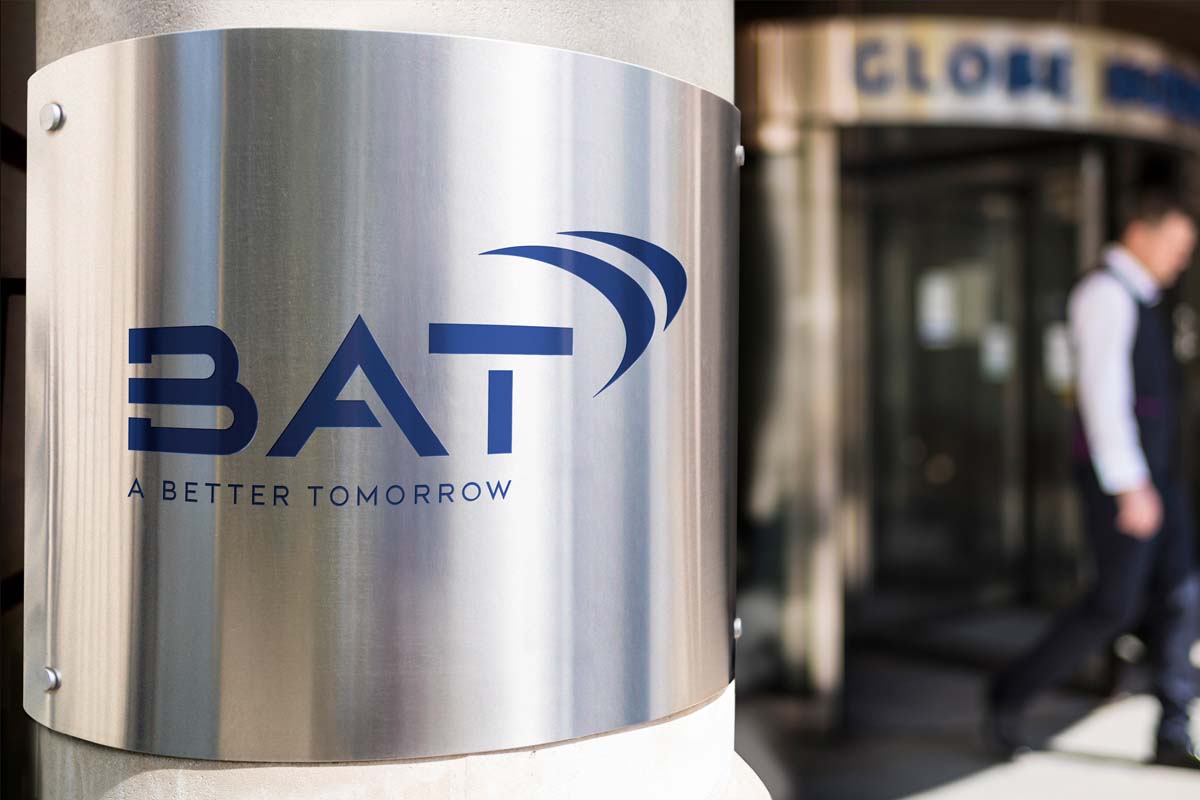The tobacco industry has undergone a dramatic transformation in modern times. Once synonymous with sophistication, as seen in mid-20th-century ads, the industry now finds itself grappling with stringent regulations, changing consumer preferences and an increased global focus on health. Leading companies like British American Tobacco (BAT) have adjusted their strategies, shifting their focus to reduce the harm caused by smoking through smokeless products.
Fast forward to the early 21st century, and the tobacco industry is barely recognizable from its former self. Facing mounting government regulations, evolving consumer priorities and a global focus on health, industry giants like British American Tobacco (BAT) have pivoted their business strategies. Today, they champion a vision to build “A Smokeless World,” investing billions in smokeless products with reduced risk potential compared to smoking. Yet, despite these efforts, skepticism lingers – a shadow cast by their past. The industry faces resistance from regulatory bodies and limitations on smokeless product sales across major global markets. Scientific studies from tobacco companies are often met with suspicion, further complicating their push for Tobacco Harm Reduction (THR).
Despite the well-known health risks associated with cigarettes, around one billion people worldwide continue to light up. THR refers to a public health strategy that aims to offer these smokers alternative nicotine products that pose significantly lower risks.
A Journey to the heart of THR
To explore this paradigm shift, I traveled to the United Kingdom on a fact-finding mission with BAT. My journey began in Southampton, home to BAT’s state-of-the-art R&D facility. Here, at the new Innovation Centre a team of over 400 scientists and engineers – many holding PhDs – works relentlessly toward BAT’s vision of building A Better Tomorrow™. The focus: developing innovative smokeless products to replace traditional cigarettes to reduce the public health burden associated with smoking.
The following day, I attended the 12th annual E-Cigarette Summit at London’s Royal College of Physicians. This event brought together leading experts to discuss critical issues surrounding tobacco, nicotine, and THR. Topics ranged from the UK’s upcoming Tobacco & Vapes Bill, which will impose stringent restrictions, to the latest research on quitting smoking and vaping. The summit offered a balanced view of the challenges and opportunities within the THR landscape.
The other side of the coin
At the summit, opposing perspectives provided crucial context. Experts debated the long-term safety of smokeless products and raised concerns about nicotine addiction. Discussions on vaping’s potential links to illicit drugs and the perception of harm underscored the complexities of THR. While smokeless products offer significant benefits over cigarettes, they are not risk-free – a nuance often lost in public debates.

BAT’s vision for a Smokeless World
BAT’s commitment to THR is evident in their numbers. Smokeless products – encompassing heated devices, vapor products, oral tobacco, and oral nicotine – account for approximately 18 percent of their revenue at around £3.3 billion (USD $4.07 billion). Available in over 80 markets, these products are used by over 26 million consumers globally, with a goal of reaching 50 million by 2030. BAT also aims to generate 50 percent of its revenue from smokeless alternatives by 2035.
Central to their argument is the absence of combustion of tobacco, the main culprit behind smoking’s harmful effects. Unlike cigarettes, which burn tobacco and release thousands of toxic chemicals, smokeless products avoid combustion entirely. Studies compiled in the recently launched BAT’s 377-page Omni™ — a comprehensive resource for policymakers, scientists, and public health authorities – highlight the reduced levels of harmful chemicals in these products and some of the real life examples of these products contributing to the reduction of smoking incidence globally.
Bridging the gap
The road to a smokeless world is fraught with challenges. BAT’s efforts to shift the narrative hinge on transparency, collaboration, and evidence-based dialogue. By addressing misconceptions about nicotine and building trust with stakeholders, the industry hopes to redefine its role in global health.
As I reflect on this journey, one thing is clear: the transition from smoke-filled rooms to smokeless solutions is not just a corporate pivot – it’s a cultural and scientific evolution. Whether this vision will materialize depends on a delicate balance of innovation, regulation, and public acceptance. For now, the debate continues, with lives – and the future of the industry – hanging in the balance.
Read: Roadmap towards reducing smoking in the Middle East
Conclusion
The journey of tobacco’s transformation from a heavily marketed and celebrated product to a scrutinized and regulated industry reflects the evolving priorities of society and science. In the mid-20th century, advertisements portraying cigarettes showcased the power of marketing over public perception. However, decades of research and public awareness have exposed the devastating health consequences of smoking, leading to a global shift toward harm reduction and smokeless alternatives.
The dual perspectives observed – through BAT’s initiatives and the discussions at the Royal College of Physicians’ E-Cigarette Summit –underscore the complexity of the THR narrative. BAT’s scientific documentation, such as Omni™, emphasizes reduced exposure to harmful chemicals in smokeless products compared to combustible cigarettes. Simultaneously, experts at the summit explored the broader societal implications, regulatory challenges, and potential long-term effects of these products, emphasizing the need for a balanced, evidence-based approach to harm reduction.
While smokeless products may offer a less harmful alternative to traditional cigarettes, they are not without risks, including nicotine addiction and unknown long-term health impacts. The path to a smokeless world demands continued collaboration between industry leaders, policymakers, healthcare professionals, and the public. Open dialogue, rigorous research, and transparent communication will be essential to address misconceptions and build trust.
Ultimately, the global effort to reduce smoking-related harm reflects a shared goal: saving lives by reducing the prevalence of smoking and its associated health risks. Whether through cessation, regulation, or innovation in harm-reduction products, the path forward must prioritize health and well-being while addressing the complexities of a deeply entrenched global issue.








